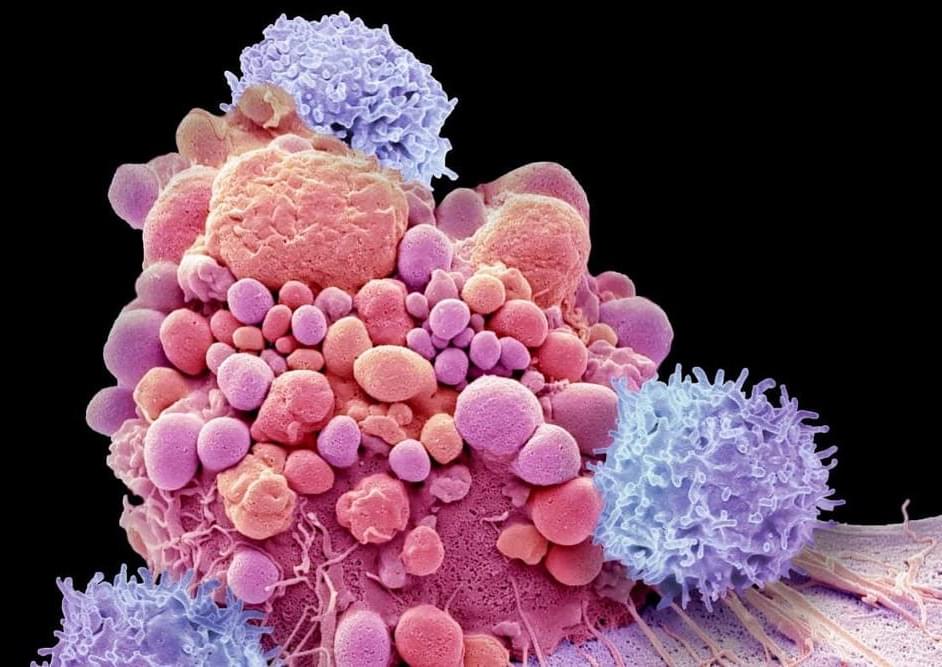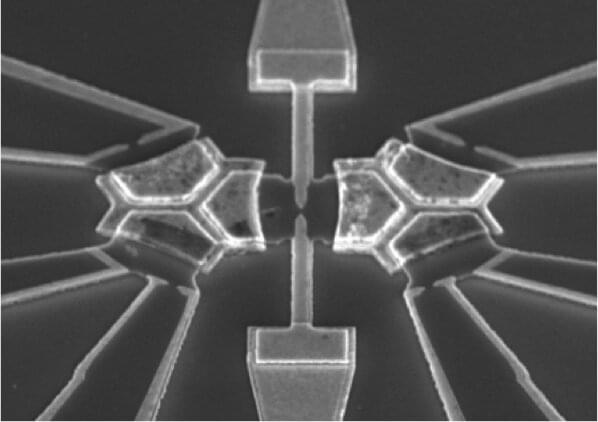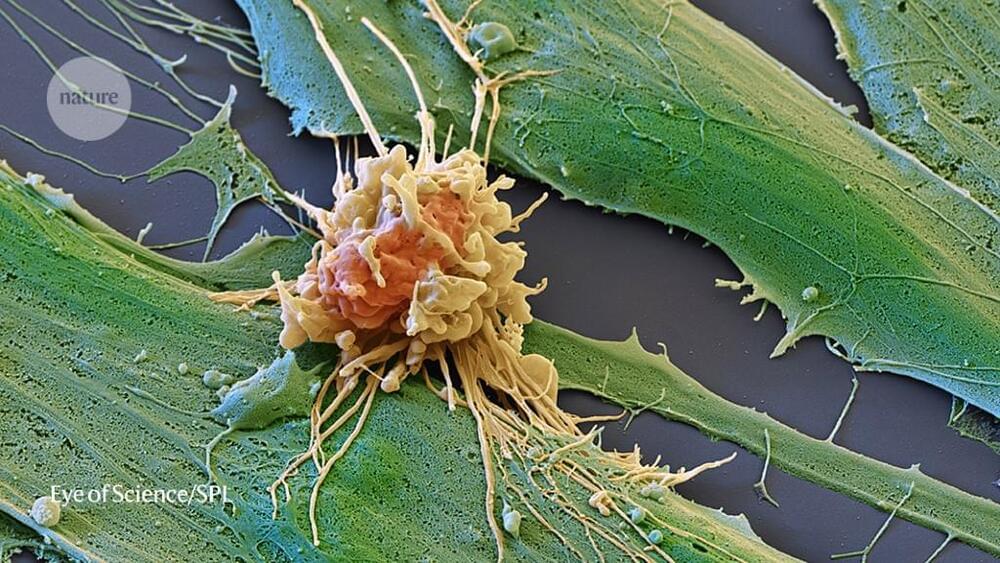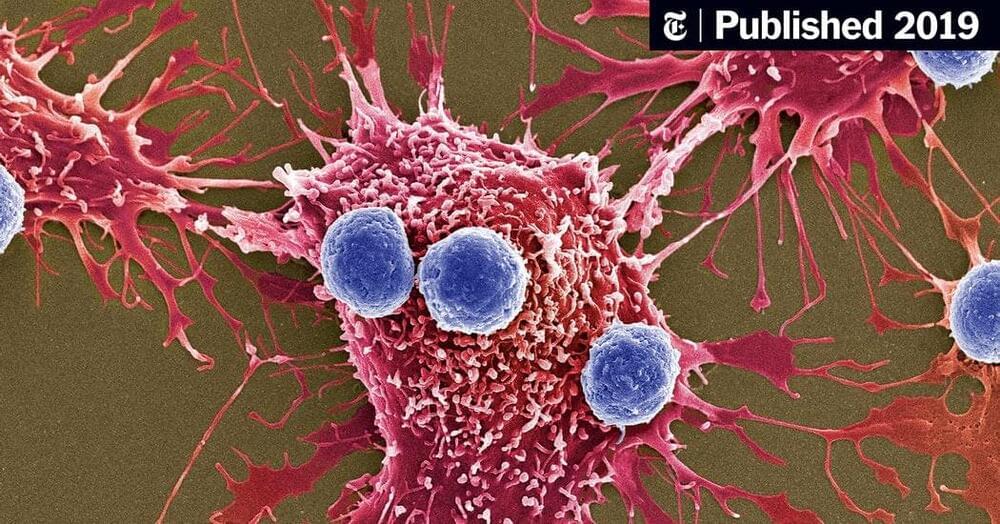In some cases, it is now possible to genetically engineer the immune system to banish cancers like T-cell leukaemia that were previously unresponsive to treatments.


The YouTuber has received nearly 70 million views for his video.
MrBeast, the popular YouTuber, has helped 1,000 people see again by offering them free surgery. A trained surgeon completed the procedure, and the joy of those who underwent surgery knew no bounds. The entire event video was uploaded on Sunday and has so far gathered nearly 70 million views.
To clarify, the YouTuber isn’t promising some radically new treatment that allows blind people to see. Instead, it is a simple 10-minute procedure used to treat cataracts and is well-tested with quantifiable benefits. Before we get into the details, here’s where it can be used.

Aunt_Spray/iStock.
“Having focused on genetic advancements in ancient DNA for my entire career and as the first to fully sequence the Dodo’s genome, I am thrilled to collaborate with Colossal and the people of Mauritius on the de-extinction and eventual re-wilding of the Dodo. I particularly look forward to furthering genetic rescue tools focused on birds and avian conservation,” Shapiro added.
The world has witnessed many bizarre things, but seeing a biological body devoid of life become functional with the help of technology is a totally new tale. OSCAR, a living being formed from human cells, was born. Cornelis Vlasman is the protagonist, a talented biologist who believes that the path less trodden is, by definition, the least interesting. He creates his own laboratory with a few like-minded people, where he experiments with organic materials on his own initiative, with his own resources, and with his own crew.
After many years of hard labor, Vlasman’s team is successful in creating new life from cells collected from his own body. Under his guidance, OSCAR, the world’s first living organism, is being built. OSCAR is a human-sized prototype built with interactive organ modules created from human cells.
In a modular system, independent modules, similar to building blocks, constitute a transformable and thus changeable arrangement.

Physicists have invented a new type of analog quantum computer that can tackle hard physics problems that the most powerful digital supercomputers cannot solve.
New research published in Nature Physics by collaborating scientists from Stanford University in the U.S. and University College Dublin (UCD) in Ireland has shown that a novel type of highly-specialized analog computer, whose circuits feature quantum components, can solve problems from the cutting edge of quantum physics that were previously beyond reach. When scaled up, such devices may be able to shed light on some of the most important unsolved problems in physics.
For example, scientists and engineers have long wanted to gain a better understanding of superconductivity, because existing superconducting materials —such as those used in MRI machines, high speed train and long-distance energy-efficient power networks—currently operate only at extremely low temperatures, limiting their wider use. The holy grail of materials science is to find materials that are superconducting at room temperature, which would revolutionize their use in a host of technologies.
At our StrictlyVC event a few nights ago, Altman was generous with his time, spending an hour with those gathered to talk about the latest at OpenAI (the hottest startup in the world at the moment), as well as answering questions about how his other investments fit into larger themes that he expects to play out — and in the not-distant future.
This is part one of that interview, focused on Altman’s investments, including in Helion Energy, a nuclear fusion company that Altman described at the event as “the other thing beside OpenAI that I spend a lot of time on.” We also talked Twitter, supersonic jets, making babies out of skin cells, and why he’s “not super interested” in crypto.
You can find the second part of our talk, focused on OpenAI, here: https://www.youtube.com/watch?v=ebjkD1Om4uw


Cancer vaccines are an active area of research for many labs, but the approach that Shah and his colleagues have taken is distinct. Instead of using inactivated tumor cells, the team repurposes living tumor cells, which possess an unusual feature. Like homing pigeons returning to roost, living tumor cells will travel long distances across the brain to return to the site of their fellow tumor cells. Taking advantage of this unique property, Shah’s team engineered living tumor cells using the gene editing tool CRISPR-Cas9 and repurposed them to release tumor cell killing agents. In addition, the engineered tumor cells were designed to express factors that would make them easy for the immune system to spot, tag, and remember, priming the immune system for a long-term anti-tumor response.
The team tested their repurposed CRISPR-enhanced and reverse-engineered therapeutic tumor cells (ThTC) in different mice strains, including the one that bore bone marrow, liver, and thymus cells derived from humans, mimicking the human immune microenvironment. Shah’s team also built a two-layered safety switch into the cancer cell, which, when activated, eradicates ThTCs if needed. This dual-action cell therapy was safe, applicable, and efficacious in these models, suggesting a roadmap toward therapy. While further testing and development is needed, Shah’s team specifically chose this model and used human cells to smooth the path of translating their findings for patient settings.

